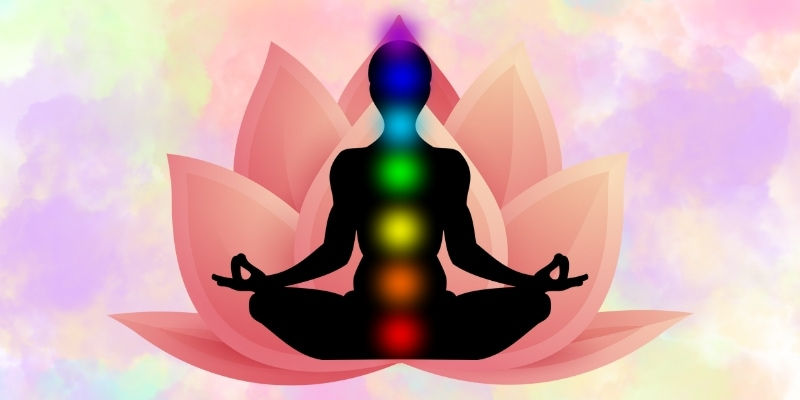Chromotherapy: Can Color Really Influence Healing?
- Sujal H
- Jul 28
- 3 min read
We interact with color constantly, whether it’s through clothing or nature, often without
realizing the subtle influence it has on our mood and mindset. But what if color could do more
than shape how we feel at the present moment? What if it could actually support emotional or
even sometimes physical healing? That’s the idea behind chromotherapy, also known as color
therapy: a form of holistic healing that uses the spectrum of light/color to affect a person’s health and well being. While this is an ancient practice, it’s recently reemerged in modern wellness spaces.
What is it?
Chromotherapy is based on the belief that each color in the spectrum carries its own
frequency and energy, which can influence certain aspects of the body/mind. Supporters of this practice suggest that certain exposure to colors through light, environment, or any type of
visualization technique can help restore balance and promote healing.

Color associations in chromotherapy:
● Red: Energizing, linked to increased liveliness.
● Blue: Calming, often used to aid sleep and treat depression.
● Green: Grounding, associated with nature and helps relieve stress.
● Yellow: Stimulating for mind, tied to clarity and optimism.
● Violet: Soothing and spiritual, used to support emotional balance.

Historical Roots of Color Healing:
Chromotherapy has its roots in several ancient civilizations. In ancient Egyptian
mythology, the use of color for healing is believed to have originated with the God Thoth, who
was associated with wisdom and sciences. Within Hermetic traditions, both the Egyptians and
Greeks practiced early forms of chromotherapy by incorporating colored crystals, stones,
ointments, and dyes into their treatments. They also designed healing spaces adorned with
specific colors, believing that each shade held therapeutic power. In ayurvedic traditions from
India, the body’s energy centers (chakras) are linked to specific colors. Even in ancient China,
color was considered a powerful element in maintaining harmony within the body and the
environment. In each of these systems, color was not just symbolic, it was believed to have real physiological and energetic effects.

How It’s Used Today and Why It Still Matters:
Today, chromotherapy shows up in a variety of wellness settings. Some spas and saunas
offer LED color light treatments designed to enhance relaxation or boost energy. There are
Tiktok videos of color baths, where water is tinted or dyed with specific hues, which are becoming popular in home rituals. Additionally, mental health practitioners may sometimes
integrate color visualization exercises into meditation or guided therapy. Many people report that they feel better after chromotherapy sessions. Even without widespread clinical validation, chromotherapy offers a low risk, a non-invasive way to support overall wellness. Taking time to sit under calming light, reflecting on emotional balance through color meditation, or even designing your home with mood boosting hues can promote mindfulness. The world right now is very overstimulating, intentionally engaging with color can be a very grounding practice!

If this sparked your curiosity or inspired you to explore the healing power of color, you can:
Share this with a friend who could use a little light in their life
Like what you learned? Let us know your favorite healing color in the comments!
Follow for more mindful living tips, modern wellness rituals, and ancient healing wisdom brought to life
Come back soon-there's a whole spectrum of wellness waiting for you!








Comments